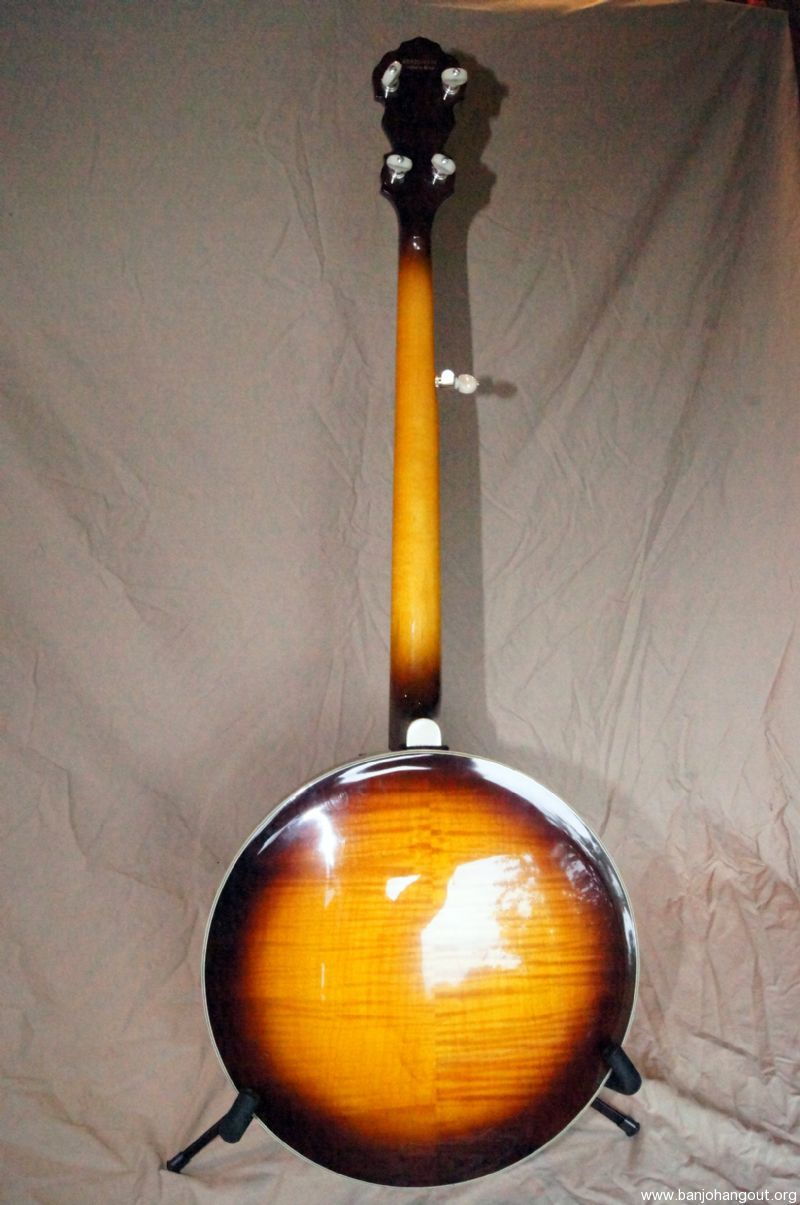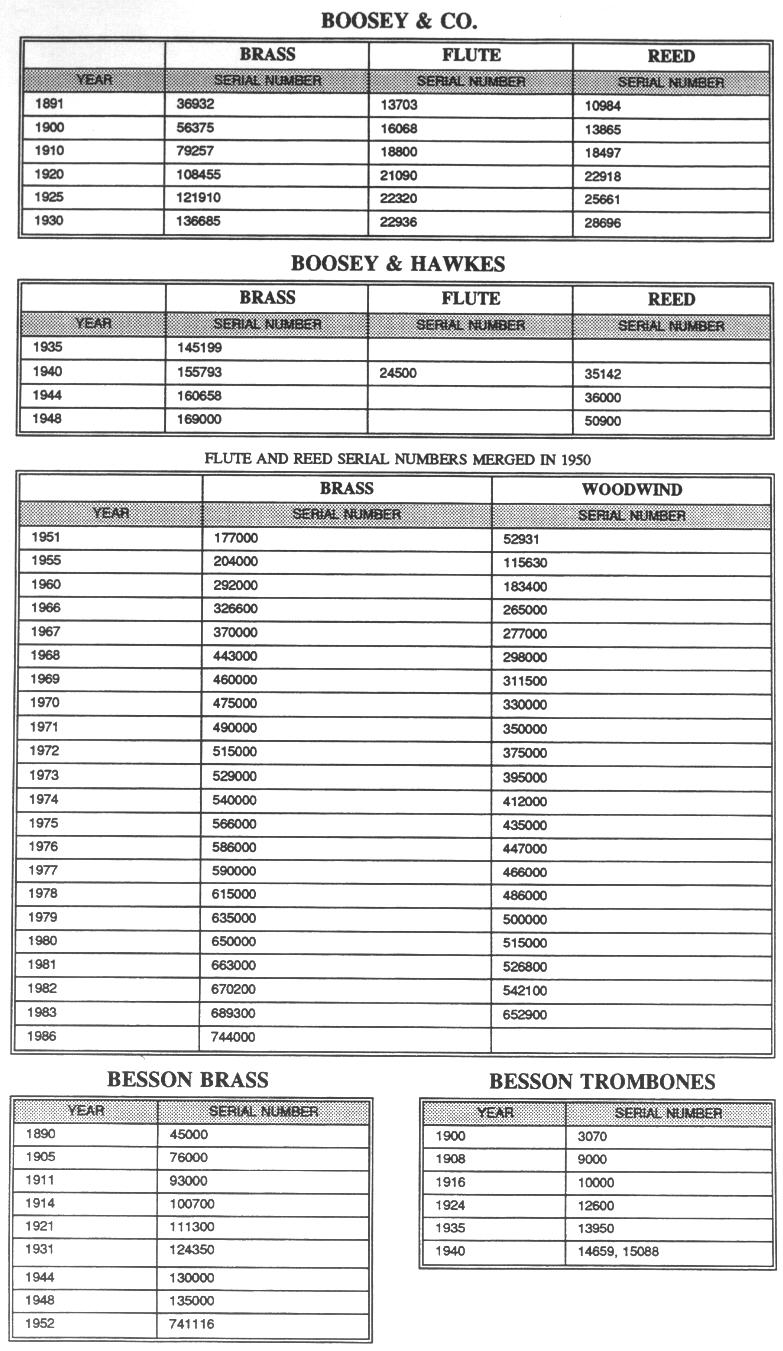Silvertone Serial Number
Silvertone Guitars and Amps Sears, Roebuck and Co. Introduced the Silvertone brand in 1915 expanding the product line to guitars in the 1930s—the first solid body guitar appearing in 1954. The 1457 amp-in-a-case model built by Danelectro for Silvertone paved the way for amplifiers like the 1482 and 1483. Sears identified radios by model number, chassis number, and catalog number. Over the years they duplicated these numbers. For example there was a model 6021 in 1939 and a completely different radio with a catalog number of 6021 in 1956. When possible, order by the chassis number. By that serial number, your Silverstone Blues Master guitar was made in Indonesia at the Cort factory there. Samick and Cort share many production facilities, pushing out guitars with the Silverstone, Cort, Squier, and many other brand names on the headstock. Made in the year 2000, and the rest of the serial numbers are run/lot numbers. The engraving on the bell says 'Silvertone' and 'Made in Elkhart', and the designs etched around seem to be maybe a fleur-de-lis or foliage pattern and very superficial. The serial number on the back, underneath the thumbrest-44045-is slightly deeper but not very clear either. In fact, part of the third four is missing, and not by damage.
ALLENGELHARDis pleased to welcome visitors to our SilverTowne L.P. Definitive Page. While our focus is clearly Engelhard, we recognize that many Engelhard bullion collectors also collect other bars and ingots. As such, we appreciate the opportunity to present important bullion information and look forward to your thoughts and input.
SilverTowne LP was founded in 1949 by Leon Hendrickson, and grew from a small coin shop to become one of the largest retail bullion and precious metals dealers in the country. What most folks don’t realize, however, is that SilverTowne produced a very limited and relatively short-lived run of poured silver ingots beginning in 1973, mostly serialized, that are just now gaining attention in the collector world.
Based on our extensive serial number database, we have conclusive evidence that SilverTowne used a single serial number run that was shared by all ingot sizes without duplication, with a total of only approximately 75,000 ingots produced nearly 50 years ago. Without doubt, a high percentage of these ingots have been melted over the years. Please note that the serial ranges below are shared between multiple sizes of ingots, so actual mintage numbers will be less than the span of the range, and to be sure, many did not survive the great melts so actual surviving examples are likely far less.
Today, SilverTowne Mint produces what we call “retro” ingots in 5oz, 10oz, and kilo weight class that in many ways resemble the vintage ingots shown below, but without serial numbers. We often field inquiries from collectors regarding these newer examples, as they often confuse them with vintage pieces. The giveaways to us are the newly poured complexion, cooling bubbles and uncharacteristic surface texture compared to vintage ingots, and the lack of a serial number. Examples can be found on the SilverTowne.com website and often on Ebay.
| EXAMPLE | OBVERSE | REVERSE | COMMENTARY | SAMPLE SERIAL NUMBERS | ESTIMATED MINTAGE |
| [SilverTowne Hallmark] [5 OZ.] [.999 FINE] | [Serial Number Assignment] | 1st series 5oz class ingot produced by SilverTowne. Ingots of early serial number assignment demonstrate a plain reverse while ingot 10068 demonstrates a lined reverse. The serial number assignments for these 1st series ingots were random throughout the range. This 1st series ingot measures approximately 52.39mm x 19.05mm. Size differences between all three series are demonstrated in the photo below, with 1st series being decidedly more wide than the others. | 00050 00068 01369 08473 10068 | <100 | |
| [SilverTowne Hallmark] [5 OZ.] [.999 FINE] | [Serial Number Assignment] | 2nd series 5oz class ingot produced by SilverTowne. These ingots were produced in both lined-reverse and flat-reverse throughout the serial number range, both pictured. This 2nd series ingot measures slightly narrower than the 1st series, at approximately 49.21mm x 19.05mm. SilverTowne used many slightly different casting moulds and cooling trays in their production of these ingots. In an All Engelhard case study of 100 2nd series ingots, we found 30 examples with inverted serial numbers of random serial range assignment. This suggests the inverted serial assignment was perhaps a production oversight, though not terribly uncommon. Mintage estimate on these inverted serial number examples is <2,250 of the total <7,500 produced. It is rumored that three [3] 5oz class ingots were erroneously stamped with serial number on the obverse, while the hallmark, weight class and purity stamps were placed on the reverse. This is demonstrated in the photo of ingot 00052, below. Ingot 04813 has also been documented to show this reverse stamping anomaly. It is also rumored that a few 10oz class ingots were stamped in similar variation, though we have not yet observed such an example. | 00052 00245 00547 01896 03689 04813 06340 08826 10494 12731 14847 17516 | <7,500 | |
| [SilverTowne Hallmark] [5 OZ.] [.999 FINE] | Cast Finish | 2nd series 5oz class ingot produced by SilverTowne in serial absent variation. We have been informed by a collector that perhaps 15 of these ingots were reportedly produced. To date, we have documented five examples. Please note these examples are not to be confused with SilverTowne’s current production 5oz Serial Absent ingots that are referenced in the above introductory narrative. | Serial Absent | <15 | |
| [SilverTowne Hallmark] [5 OZ.] [.999 FINE] | [Serial Number Assignment] | 3rd series 5oz ingot produced by SilverTowne. Demonstrates a plain reverse with serial number assignment and is the most narrow of all three series. Estimated serial run of 18000-29999 with a 4,000+ gap of unassigned serial numbers between 24264 and 28405. | 18312 19718 21531 22761 23025 24264 28405 28752 | <5,000 | |
| [SilverTowne Hallmark] [Serial Number] [10 OZ.] [.999 FINE] | Cast Finish | 1st series 10oz class ingot produced by SilverTowne. Demonstrates a waffle pattern reverse, which varied throughout the production run. Estimated serial run of 00001-65999. Our serial number database has revealed at least one pair of 10oz ingots with identical 04138 serial number assignment, pictured below. | 00005 00069 00873 01426 01584 03587 04138 05259 06089 07571 09693 11661 13079 15390 18420 23218 34945 46952 55316 55287 60971 65010 65846 | <50,000 | |
| [SilverTowne Hallmark] [10 OZ.] [.999 FINE] | Cast Finish | 2nd series 10oz class ingot produced by Jackson Precious Metals for SilverTowne. Serial absent variety and demonstrates a plain reverse. | Serial Absent | <10,000 | |
| [SilverTowne Hallmark] [50 OZ] [Serial Number] [999 FINE] | Cast Finish | 1st series 50oz class ingot produced by SilverTowne. Demonstrates a plain reverse and a larger format mould than our 2nd series listed below. | Serial Absent | <250 | |
| [SilverTowne Hallmark] [50 OZ.] [SERIAL NUMBER] [.999 FINE] | Cast Finish | 2nd series 50oz class ingot produced by SilverTowne. Demonstrates a waffle pattern reverse. Estimated serial run of 00001-05000. | 00072 00115 00146 00346 00427 00984 01570 01750 02864 03048 04605 04930 | <1,000 | |
| Mid SilverTowne Hallmark | [Custom ‘SilverTowne’ Hallmark] [100 oz.] .999 FS.] | 1st series 100oz class ingot produced by SilverTowne. Earliest known variety, observed in serial absent variation. | Serial Absent | <50 | |
| [SilverTowne Hallmark] [100 OZ] [Serial Number] [999 FINE] | Cast Finish | 100oz class ingot produced by SilverTowne. | 02687 07458 09320 10730 13455 18544 23427 27325 28146 55757 | <1,000 | |
| Mid Hallmark | [99.9+ FINE SILVER] [Custom ‘SilverTowne’ Hallmark] [100 TR. OZ.] [Serial Number] | 100oz class SilverTowne ingot produced by Engelhard. It is of interest to note the casting mould of this variety is identical to the Engelhard 4th series ‘P’ example as demonstrated in the photos presented below. Bar P000285 sold via eBay auction for $3,250.00 on March 19, 2016. Bar P000351 sold privately on January 9, 2017 for $3,750.00. | P000219 P000285 P000321 P000351 | <50 | |

 It has been 30 years since Sears ended its association with the Silvertone brand, but the public's association is so strong to this day that many still believe Silvertone is a Sears brand. It is a testament to the success and quality of Sears' Silvertone products that the public still associates the two names so closely. The Sears Silvertone radio and Silvertone guitar, two highly collectible items today, are largely responsible for America's fond recollection of the Sears-Silvertone connection.
It has been 30 years since Sears ended its association with the Silvertone brand, but the public's association is so strong to this day that many still believe Silvertone is a Sears brand. It is a testament to the success and quality of Sears' Silvertone products that the public still associates the two names so closely. The Sears Silvertone radio and Silvertone guitar, two highly collectible items today, are largely responsible for America's fond recollection of the Sears-Silvertone connection. In 1915, Sears introduced the Silvertone phonograph, a hand-cranked machine that came in tabletop and freestanding models. All phonographs came with a two-week, money-back guarantee.
Sears began selling Silvertone radios in the early 1920s, soon adding Silvertone radio tubes and batteries to the product line. In the late 1930s, however, Silvertone radios quickly took off in popularity. The era corresponded with the outbreak of military aggressions in the Pacific theater. With the approach of World War II, increasing numbers of people wanted radios not just for entertainment, but also to receive updates on the war's progress, according to contemporary company sales analyses.
Silvertone Amp Serial Numbers
During World War II, Sears introduced the Silvertone radio antenna with 'stratobeam reception.' And to help power the radios, Sears sold Silvertone wind generators.
Silvertone Serial Number Dating
Today, the Internet is filled with pages of Sears Silvertone radio collections and information about the antique radios. Their designs, particularly the stylish use of plastic casing, continue to be very popular among radio collectors.
The Silvertone name replaced the Supertone brand on musical instruments in the 1930s. Struggling blues musicians of the 1940s and 1950s first popularized the Silvertone guitar, with legends such as Muddy Waters and Arthur 'Big Boy' Crudup among those who played Silvertones.
The Sears Silvertone guitar really made its mark in music history as the unofficial 'first guitar' of guitar's icons. Chet Atkins, Bob Dylan and Jimi Hendrix, among many others, played their first chords on a Sears Silvertone. Sears' guitars have even been immortalized by their mention in songs from artists as diverse as Mary Chapin Carpenter ('Girls With Guitars') and G. Love and Special Sauce ('Blues Music').
Silvertones were popular with young musicians because of their solid construction and inexpensive pricing. Their legacy lives on today as literally hundreds of Internet pages are filled with fond recollections from people of their first guitar, the Sears Silvertone. As with the Silvertone radio, Sears Silvertone guitars are considered prized pieces of many guitar collections, particularly models such as the 1963 'amp-in-case' guitar, which featured an amplifier built into the guitar's carrying case.
Many other musical and audio items bore the Silvertone brand name. Sears introduced a Silvertone record label in the 1920s, featuring many of the era's most popular recording artists. In the 1950s and early 1960s, the Silvertone brand name appeared on all Sears electronic equipment, including console televisions, tape recorders, walkie-talkies, radio batteries, hearing aids and car radios.
By the end of the 1960s, the Silvertone brand name was only appearing on musical instruments and the top-of-the-line stereo equipment and televisions. Silvertone products last appeared in the spring 1972 catalog on televisions and stereo systems.